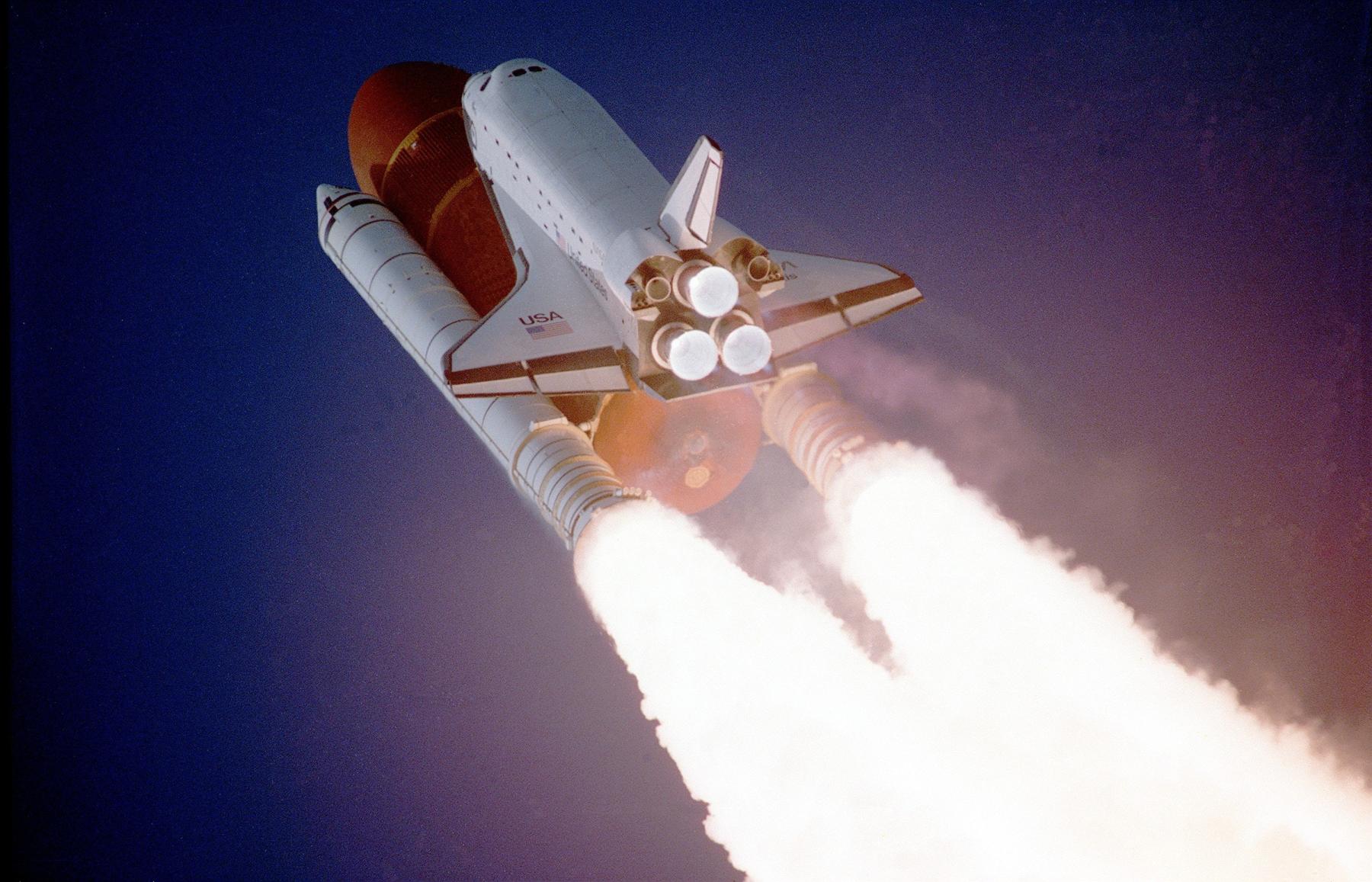
Exploring Lunar Landscapes with Rover
In the lesson plan, students will embark on an exciting engineering challenge as they construct and program their own robot rovers to strategize a mission to the Moon. Throughout the lesson, students will utilize the Engineering Design Process, engage in hands-on activities, and explore size and scale factors of their rovers to enhance their understanding of lunar exploration.
The lesson begins with an introduction to the mission: students will imagine themselves as engineers working for a space agency tasked with designing and building a robot rover capable of navigating the lunar surface. They will be guided through the Engineering Design Process, which includes defining the problem, brainstorming ideas, designing and building prototypes, testing and evaluating, and making improvements.
Students will work in teams to construct their robot rovers using VEX IQ robotics kit. They will consider important factors such as mobility, stability, and functionality in the lunar environment. With the guidance of the instructor, they will learn basic programming skills to control their rovers' movements and perform specific tasks.
After constructing the rovers, students will create a test bed representing the lunar surface. They will carefully consider size and scale factors to ensure the accuracy of their models. By comparing their rovers and test beds with the real-life lunar rover VIPER and the lunar surface, students will gain a deeper understanding of the challenges and requirements of lunar exploration.
Throughout the lesson, students will engage in hands-on activities, experimentation, and critical thinking. They will have opportunities to test and adjust their rover designs, make improvements, and troubleshoot any issues that arise. This process will foster problem-solving skills, collaboration, and creativity.
To conclude the lesson, students will showcase their rovers and test beds to their peers, explaining their design choices and the strategies they employed for their simulated lunar mission. They will reflect on the engineering and programming challenges they faced and discuss the importance of size and scale considerations in lunar exploration.
Lesson Plan Link/URL
https://docs.google.com/presentation/d/1CmHzjiGUCQZxEws3KBEvflSsOED6adr7/edit?u…Subject Area
Science Earth and Space Science E2: Earth & the Universe Technology 4. Innovative Designer Engineering S2: Apply the Engineering Design Process Mathematics Ratio and Proportion (RP)Related Content

Discover the power of hydraulics and pneumatics! Engaging in STEM activity on building systems and understanding fluid dynamics.

In this hands-on lesson, students will be challenged to complete an obstacle course with a Sphero/RVR/Edison through coding. Students will be given a task list to complete and will be timed. Math

This lesson provides opportunity to our students to apply their knowledge in solving real world problems. The students will create a new design for a cereal box using math, art and design. They also